Introduction:
Crater Lake National Park is a stunning destination, known for its deep blue lake, lush forests, and dramatic cliffs. In this guide, we will explore the weather conditions and unique experiences offered in each season. Whether you are planning a camping trip, wildlife viewing, or a scenic drive, this guide will help you determine the best time to visit and what to expect when you arrive.
Spring Weather in Crater Lake National Park
The arrival of spring at Crater Lake National Park is marked by the melting of snow and the emergence of wildflowers. During this season, temperatures can range from 35°F to 60°F, with nighttime lows often dropping below freezing. Precipitation is common, with an average of 10 rainy days per month.
As the snow melts, several hiking trails become accessible, revealing stunning views of the lake and surrounding wilderness. Camping is available at Mazama Campground starting in June, while the Rim Drive often remains closed until late June or early July.
Spring is a great time for wildlife viewing, as animals become more active after the long winter. Expect to see black bears, mule deer, and a variety of birds. However, keep in mind that some park facilities, such as the Rim Village Cafe, may have limited operating hours during the spring months.
Summer Weather in Crater Lake National Park
Summer is the most popular time to visit Crater Lake National Park, and for good reason. With daytime temperatures ranging from 60°F to 80°F and abundant sunshine, the weather is perfect for outdoor activities. Rain is rare, with only 2 to 4 rainy days per month.
During the summer months, all park facilities are open, including the Crater Lake Lodge and the Mazama Campground. With the Rim Drive fully accessible, visitors can explore the entire circumference of the lake, stopping at scenic overlooks and trailheads.
Summer is a great time for hiking, with popular trails like Cleetwood Cove, Garfield Peak, and the Watchman offering stunning views. Swimming and fishing are also allowed at the lake, and ranger-led programs provide an opportunity to learn more about the park’s history and ecology.
Wildlife is abundant during the summer, with the possibility of spotting elk, mule deer, and many bird species. Keep an eye out for pikas and marmots along the rocky slopes, and be sure to store food securely to avoid attracting bears.
Fall Weather in Crater Lake National Park
Fall at Crater Lake National Park is characterized by cooler temperatures and vibrant foliage. Daytime temperatures can range from 50°F to 70°F, with nighttime lows often dropping below freezing. Rain becomes more common as the season progresses, with an average of 8 to 10 rainy days per month.
The changing leaves create a stunning backdrop for hiking and photography, especially along the park’s higher elevations. Camping is still available at Mazama Campground until mid-October, and the Rim Drive remains open until the first significant snowfall.
Wildlife activity remains high in the fall, with the added bonus of spotting the park’s elusive Roosevelt elk. Be prepared for variable weather conditions, as snow can arrive early in the higher elevations. Fall is a great time to enjoy the park without the crowds, but keep in mind that some facilities may begin to reduce their operating hours.
Winter Weather in Crater Lake National Park
Winter transforms Crater Lake National Park into a snowy wonderland, with average temperatures ranging from 15°F to 40°F. Heavy snowfall is common, with the park receiving an average of 44 feet of snow each year. The Rim Drive closes for the season, but the park remains open for those seeking a true winter adventure.
Despite the cold temperatures, visitors can still enjoy a variety of activities in the park. Snowshoeing and cross-country skiing are popular ways to explore the snow-covered landscape. Ranger-led snowshoe walks are available on weekends, providing a unique opportunity to learn about the park’s winter ecology.
During the winter months, accommodations are limited. The Crater Lake Lodge and Mazama Campground are closed, but heated cabins are available at the Mazama Village. Additionally, some park facilities operate on a reduced schedule, so it’s important to plan ahead and check the park’s website for current information.
Winter is a great time for wildlife enthusiasts, as many animals leave tracks in the snow, making them easier to spot. Look for evidence of coyotes, snowshoe hares, and even the elusive lynx. Remember to dress in layers, and always be prepared for changing weather conditions.
Conclusion
Crater Lake National Park offers a unique experience in every season, from the wildflowers and melting snow in spring to the snow-covered wonderland of winter. By understanding the weather patterns and seasonal variations, visitors can plan their trip accordingly, ensuring a memorable experience in one of America’s most beautiful national parks. Regardless of when you choose to visit, the breathtaking beauty of Crater Lake is sure to leave a lasting impression.

